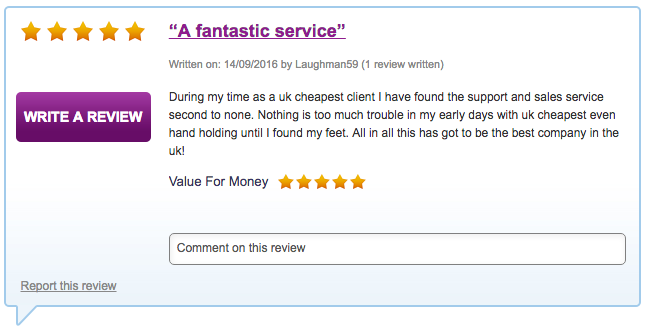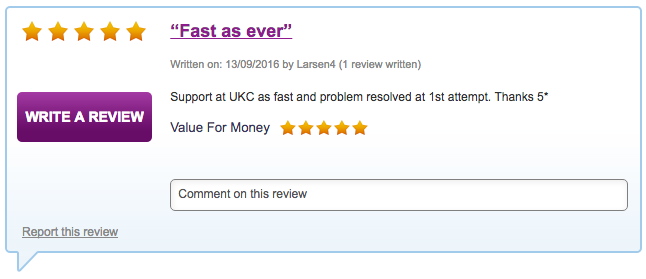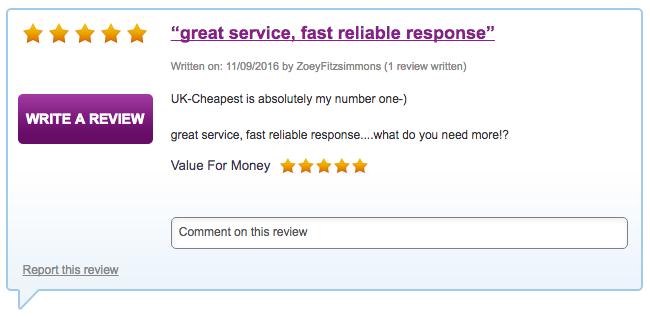 UKC
UKC
WordPress Upgrade Service
Having problems updating your WordPress site?
Worried your site might break after upgrading?
Want to outsource the task to WordPress experts?
An outdated version of WordPress or any of its associated plugins leaves your site and server at increased risk of malicious hackers and spammers.
Updating WordPress can be scary. If you need an upgrade or your site is very old, you want it done properly and without risk then our WordPress Experts are the solution you are looking for.
Why you need to upgrade your WordPress blog?
- An outdated version of WordPress leaves your blog at greater risk of hacker attacks.
- It is vital that your WordPress has all of the latest security updates applied
- Major releases of WordPress contain the latest improvements and features
- Outdated, obsolete and inactive WordPress plugins and themes pose security risks.
Upgrade WordPress Service
What’s included…
- We perform a full backup of your site files and WordPress database
- We remove all obsolete and vulnerable WordPress core files
- We update your WordPress to the latest core files (currently 4.6.x)
- We manually update all of your outdated WordPress plugins
- Remove inactive, obsolete, and vulnerable WordPress plugins.
- Manual upgrade of WordPress default themes
- Removal of inactive WordPress themes.
- We remove all compromised files and malicious code
- We fully test your updated site, plugins, and theme to ensure full functionality
- We will maintain and update your site on demand for 12 months





